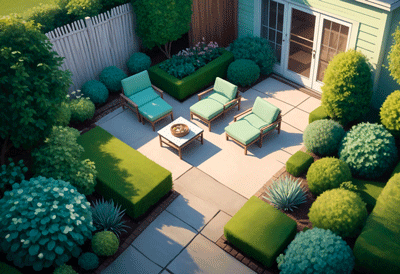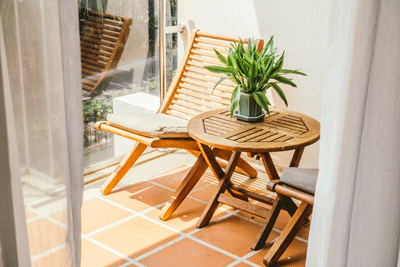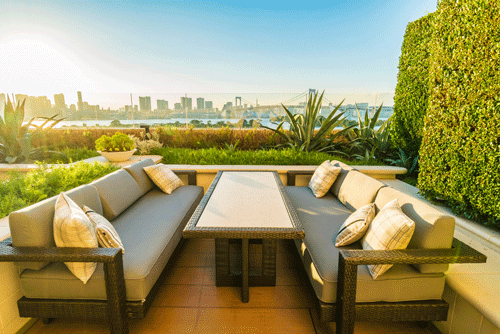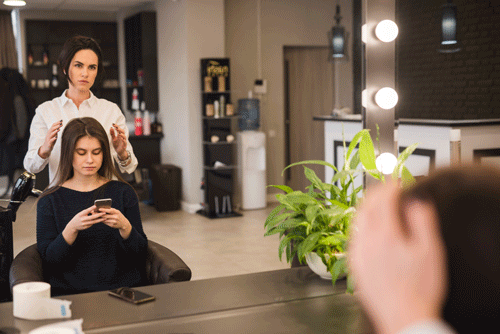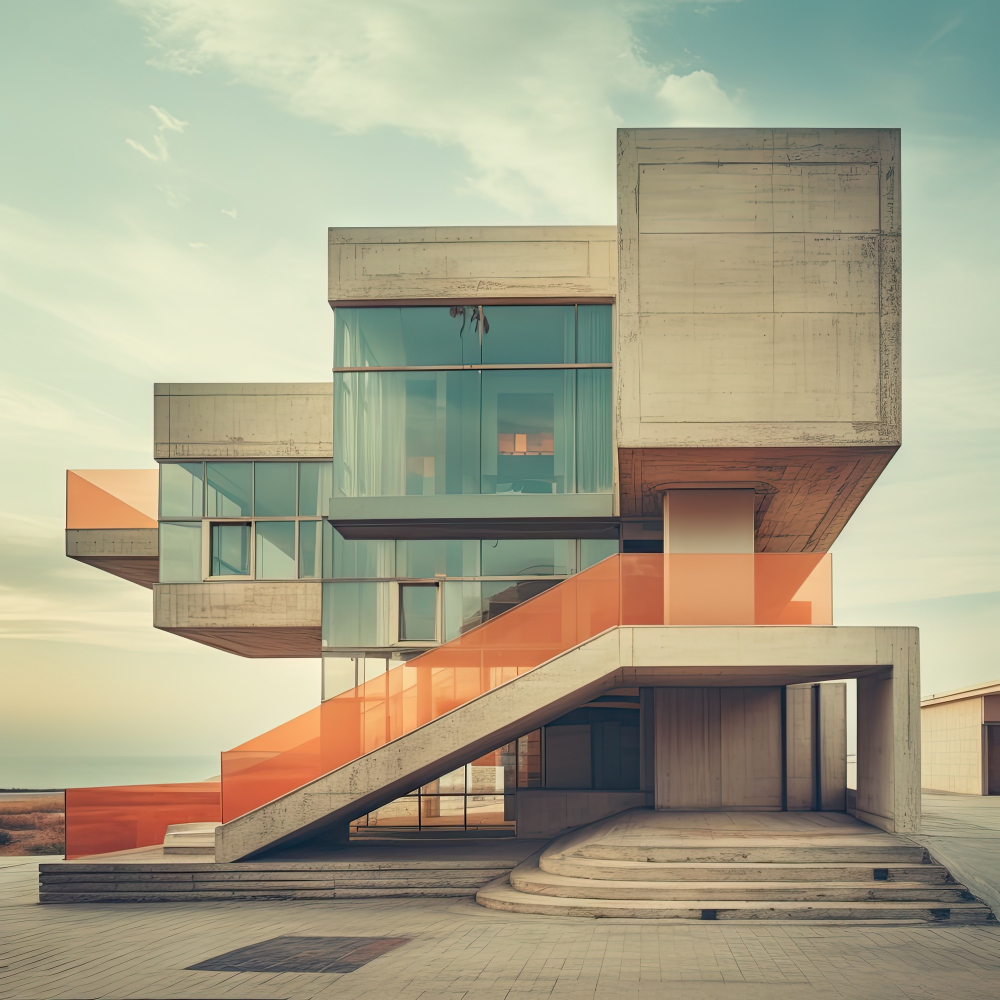
Interior & Exterior Design
Facade Design
Essential Tips for Designing a Striking and Effective Building Facade
The facade is the “face” of a building. It’s the first impression, a statement of identity, and a critical mediator between the interior and the exterior environment. A successful facade design balances aesthetics, function, and context.
1. Understand Context and Scale
A facade should not be designed in a vacuum. It must respond to its surroundings.
Respect the Neighbourhood Character: Is it a historic district, a modern urban street, or a natural landscape? The design should either harmonize with its context or create a deliberate, respectful contrast.
Consider Human Scale: While the overall form is important, design details that relate to human size are crucial. Use elements like windows, doors, reveals, and textures at the ground level to create a welcoming and relatable experience for people walking by.
Massing and Proportion: Break down large, monolithic forms into smaller, well-proportioned elements. The relationship between solid walls and voids (windows, openings) should be balanced and pleasing to the eye.
2. Create Visual Interest and a Focal Point
A great facade tells a story and guides the eye.
Hierarchy: Establish a clear visual hierarchy. What is the most important element? The main entrance? A central bay window? A unique top floor? Use design elements to highlight this focal point.
The Power of “The Third Dimension”: Avoid flat, boring walls. Use projections and recessions like balconies, reveals, sunshades, canopies, and deep-set windows to create shadows and depth that change with the sun.
Rhythm and Repetition: Create a sense of order and movement by repeating elements like windows, columns, or panels. This rhythm can be uniform for a calm effect or varied for a more dynamic one.
3. Master the Material Palette
Materials define the texture, color, and personality of the facade.
Materiality: Choose materials that are not only beautiful but also durable, weather-resistant, and appropriate for the local climate. Consider their maintenance requirements.
Contrast and Complement: Use a limited palette of 2-3 primary materials. Combine them for contrast (e.g., smooth concrete with warm wood, or cool metal with rustic brick) to create visual interest.
Honest Expression: Let materials be themselves. Express the true nature of the material—its weight, texture, and jointing patterns.
4. Prioritize the Human Experience at Street Level
The base of the facade is where people interact with the building most directly.
An Inviting Entrance: The entrance should be clearly identifiable, well-proportioned, and welcoming. Use canopies, special lighting, and higher-quality materials to signal its importance.
Active and Transparent Ground Floor: Especially for commercial and mixed-use buildings, incorporate transparency with large windows and glass doors. This connects the interior activity to the street, making the building feel alive and engaging.
Weather and Social Protection: Provide elements like awnings, arcades, or deep overhangs to protect pedestrians from rain and sun, encouraging street life.
5. Integrate Lighting as a Design Element
A facade doesn’t disappear at night; its character transforms.
Facade Lighting Design: Use lighting to accentuate the building’s best features after dark.
Grazing: Lighting a wall from a close distance to highlight its texture.
Washing: Flooding a surface with light to create an even glow.
Accenting: Using spotlights to highlight specific architectural features, sculptures, or recesses.
Warmth and Welcome: Use warmer color temperatures for lighting at the human scale (entrances, street level) to create an inviting atmosphere. Cooler temperatures can be used for highlighting larger, modern forms.
6. Embrace Sustainability and Performance
The facade is the building’s primary environmental filter.
Sun and Shade: Design with the sun path in mind. Use shading devices (louvers, fins, brise-soleil) to control solar heat gain, reducing cooling costs and improving interior comfort.
Natural Ventilation: If possible, design operable windows that integrate seamlessly into the facade’s aesthetic to allow for natural ventilation.
High-Performance Glazing: Choose windows and curtain walls with appropriate thermal properties (U-value, Solar Heat Gain Coefficient) for the local climate.
Green Facades: Incorporating living walls or climbing plants can improve air quality, provide insulation, and create a beautiful, evolving texture.
7. Pay Attention to Details and Craftsmanship
The difference between a good facade and a great one is in the details.
Jointing and Connections: How materials meet is critical. The design of expansion joints, window frames, and panel connections should be intentional and refined, not an afterthought.
Roof Line: Don’t neglect the top of the building. The way the facade meets the skyline—whether with a parapet, a cornice, or a sloped roof—is a crucial finishing touch.
Integration of Services: Thoughtfully integrate necessary elements like vents, downpipes, and signage into the design so they become part of the aesthetic rather than visual clutter.
Common Facade Design Mistakes to Avoid
The “Pasted-On” Look: Applying a style or material without it being integral to the building’s structure and form.
Ignoring the Climate: Using large, un-shaded glass facades on a west-facing elevation in a hot climate, leading to energy inefficiency.
Poorly Scaled Elements: Windows that are too small or too large for the wall, or details that are out of proportion with the whole.
Neglecting the Side and Rear Facades: A building exists in three dimensions. The sides and back should receive design attention, even if they are less prominent.
Overcomplicating the Design: Using too many materials, colors, or shapes, which results in a chaotic and confusing visual message.
In summary, a successful facade is a multi-layered design element. It is both a respectful neighbor and a bold statement, an environmental performer and an artistic composition. It should captivate the eye from a distance and reward a closer look, all while serving the people and functions inside.


